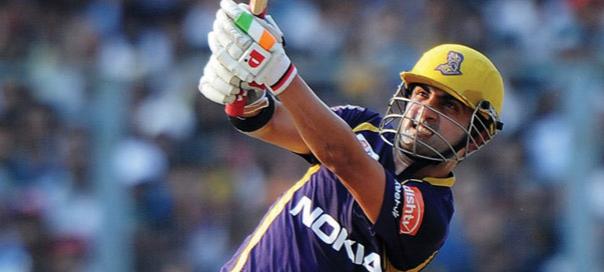By TEAM IMRB
Between April 1, 2012 and May 16, 2012, 13 million Internet users in India visited websites offering content related to IPL
The fifth edition of the Indian Premier League (IPL) started in April this year and is expected to end by the next week. While past editions of the tournament continued to bet on reaching large numbers using traditional media, this edition has been different. IPL-5 has been beamed out not only on “good old” television but also on the interactive digital media avenues such as the Internet. Large online publishers have struck partnerships to ensure that live streams of matches reach users intending to consume match content over the Internet. At the same time, advertisers have recognized the importance of such offerings and have been forthcoming in promoting their products on these live streams. Internet users in India have embraced these offerings signalling a strong promise towards adopting various formats of content such as streaming.
Between April 1, 2012 and May 16, 2012, 13 million Internet users in India visited websites offering content related to IPL. Of these websites, IPL Indiatimes (streaming as well as other features on the websites) and their videos on YouTube garnered the bulk of the hits, with 7.5 million visitors. During this period, there were 5.8 million unique visitors on cricket.yahoo.com; 3.4 million users visited cricinfo.com; 2.0 million users visited IPL T20.com and a little over 1 million unique users visited cricbuzz.com.

Of the 13 million unique visitors, most users visited content related to the scorecards for the IPL matches as well as read news and browsed articles for IPL matches. The feature of streaming live IPL matches on publishing and video websites attracted the eyeballs of 8.3 million unique visitors till May 16, 2012 in this IPL season. This is a very healthy number and advertisers on such websites are bound to get large benefits from the targeted promotions. Around 3.7 million unique visitors navigated to various websites offering live commentary on individual matches. Another 1.8 million browsed for sets of content related to match statistics and player details, and 1.3 million visited websites to watch small snippets of matches and match highlights while 1.2 million unique users visited content related to predictions and ticketing.
Apart from encouraging spike in usage of various websites, there has also been an equitable attraction of unique users from different parts of the country. Internet users from disparate corners of the country have visited the above mentioned sites to consume online content. Rest of India (South) leads the pack with 18% of users; Rest of India (North) is not far behind with 17% of the users; Rest of India (West) comprises 13% and Rest of India (East) has 11% of the users. Among the top eight metros, Mumbai leads the pack with 12% of unique users and Delhi has 9%. Most of the users from the top metros were from these two cities. Among other cities, users from Pune comprise 5%; while users from Kolkata and Chennai comprise 4% of the unique users. Users from Ahmedabad, Bangalore and Hyderabad comprise 3% of the total unique users.

These trends are very promising for publishers and advertisers and prove that Internet users from different parts of the country will throng to such innovative content if it is offered to them. As Tarun Abhichandani, Group Business Director with eTech Group, IMRB International, says, “It is a very encouraging sign to see that Internet users in India are readily adopting newer digital offerings such as streaming. Coupled with this, the traffic to such content has been from cities other than top metros. This pattern definitely paves the way for publishers to offer much more innovative and geographically targeted content to users.”
The data presented here is from the web audience measurement (WAM) initiative of IMRB International. WAM is a panel-based offering which provides online publishers, planners and advertisers a common platform to identify trends in Internet usage in India as well as plan for better media planning. The panel-based approach adopted by this system has been made possible due to a unique metering technology custombuilt for the Indian market. The meter is capable of capturing internet usage data from multiple machines and still attribute it to the same panelist.
























